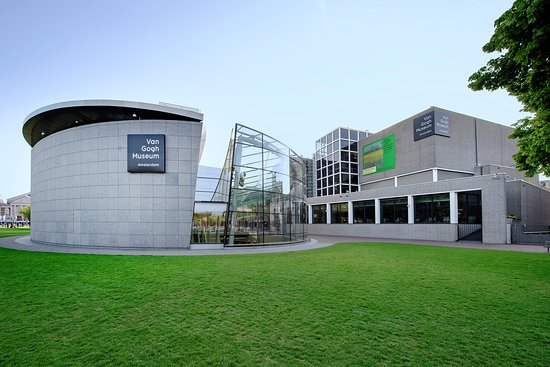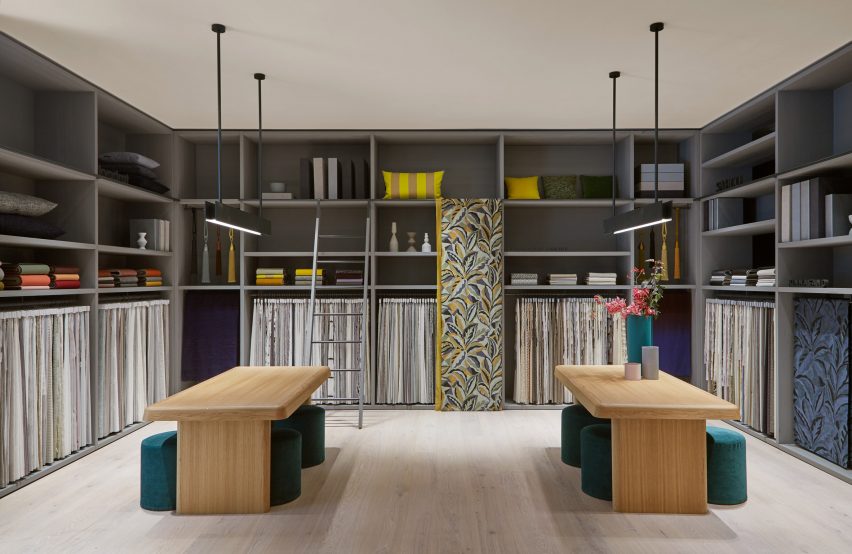Vincent Van T Slot

Vincent van der Slot is on Facebook. Join Facebook to connect with Vincent van der Slot and others you may know. Facebook gives people the power to share and makes the world more open and connected. He's so famous - for his 'Sunflowers', for his 'Starry Night' and for cutting off his ear. But what was his life really like? Find out about Vincent's life. When reinstalling DIMMs, the notch must be orientated correctly or the DIMM won't fully insert: Replace or install a DIMM by setting it down into the slot and pressing firmly until you feel the DIMM click into the slot. When you insert a DIMM, make sure you align the notch on the DIMM to the DIMM slot.
However, Jim Pallas is not the only innovative, interactive sculpture creator who was influenced by the self portraits of Vincent van Gogh. Carlos Zapata creates whimsical, outlandish, and visually appealing sculptures that can move via intricate mechanics. These sculptures are bright and fun and offer pleasing entertainment when in motion. Carlos created a sculpture of Van Gogh's self portrait with an interesting internal movement! The small Gogh figure with in the large sculpture's head paints a picture as the large sculptures hand crank is turned.
There are other artists that have been influenced by Vincent van Gogh on a much larger scale. As seen below, artist Cameron Cross created the project entitled: The Big Easel. This is a series of sculptures that reign over the landscape with their massive proportions. These gigantic easels hold massive hand painted re-productions of Vincent van Gogh's Sunflower Paintings. The Sculptures break records not only in size and spectacle but also in unique beauty!
Visit Carlos Zapata's Website to view all of his Great Sculptures!
Vincent Van T Slot Value
| Courtesy of www.VincentVanGogh.org |
Some of Vincent van Gogh's most famous works are his Sunflower series. He painted a total of twelve of these canvases, although the most commonly referred to are the seven he painted while in Arles in 1888 - 1889. The other five he had painted previously while in Paris in 1887.
There are many pieces within this series of paintings (each is clearly identifiable as a Van Gogh work) in which there are only minor differences that separate them. The overall layout of the painting along with the positioning of the actual sunflowers usually remains the same in similar paintings.
As Van Gogh anticipated in 1889, the Sunflowers finally became his and served - combined with self-portraits - as his artistical arms and alter ego up to the present day: no retrospective Van Gogh exhibition since 1901 voluntarily missed to include them, and a wealth of forgeries, as well as record-setting price paid at auction, acknowledges their public success: Perhaps, because Van Gogh's Sunflowers are more than his or him - they may be considered, as Gauguin put it, the flower.
While Vincent himself never actually stated why he liked the sunflowers, in particular, references to them are made in his many letters, which help give us some idea. In a letter to his sister dated 21 August 1888, he talks of his friend Gauguin coming to live with him in his yellow house in Arles. Then goes on to say that he intends to decorate the whole studio with nothing but sunflowers. Though originally made for Gauguin, van Gogh later took the sunflower as his own personal artistic signature, telling his brother Theo in another letter in 1889 that 'the sunflower is mine.'
| Vincent Van Gogh's Sunflowers Photo |
Vincent Van T Slot Car Bodies

Vincent Van T Slot Machines


1) Van Gogh never painted a single artwork entitled 'Sunflowers.' Instead, he did several renditions of the large yellow blossoms in two separate series of sunflowers, one during a stay with his brother in Paris in 1887 and another during his tenancy in Arles from 1888 to 1889.
2) A factor that distinguishes the artist's earlier Paris series is the fact that blossoms are laid casually on a surface in groups of two or four while in the Arles series, they are arranged in a vase in greater profusion.
3) When they first met in Paris in 1887, Van Gogh and Paul Gaugin exchanged paintings. Vincent's contribution was a 'Sunflowers' painting from his Paris series.
4) 'Sunflowers' is tied up in the saga of Van Gogh's severed ear. In Arles, Vincent rented quarters in what he called the Yellow House, and furnished a room to accommodate Gauguin. He planned to decorate the room with sunflower paintings. Later, the Yellow House would be the scene of Vincent's self-mutilation.
5) During his brief stay at the Yellow House, Gauguin painted Vincent at work in a canvas entitled, The Painter of Sunflowers.
6) 'Sunflowers' nearly led to bloodshed. In 1890 in Brussels, a Belgian painter bristled at having his paintings displayed in the same exhibition as 'Sunflowers,' saying Vincent was a charlatan. Vincent's friend Henri Toulouse-Lautrec heard the disparaging remark and challenged the Belgian to a duel, which never took place.
7) One of the original 'Sunflowers' is part of the collection of National Gallery of London, and former Prime Minister Margaret Thatcher once asked to see Van Gogh's chrysanthemums. Nobody thought to correct her.
8) When Van Gogh moved to Arles, he entered into a prolific period in which he infused his works with yellow hues. Several theories attempt to explain this. One asserts he overindulged in absinthe while another suggests he took too much digitalis. Either substance could have tinted what he saw with yellow.
9) The vibrant yellow oil paints in Van Gogh's 'Sunflowers' were first made available early in the 19th century. He was among the first artists to fully embrace them.
10) Van Gogh was not alone in his focus on sunflowers. William Blake in the late 1700s, Claude Monet in 1881 and Allen Ginsberg in 1955 are some of the other well-known artists and poets who evoked the sunflower image.